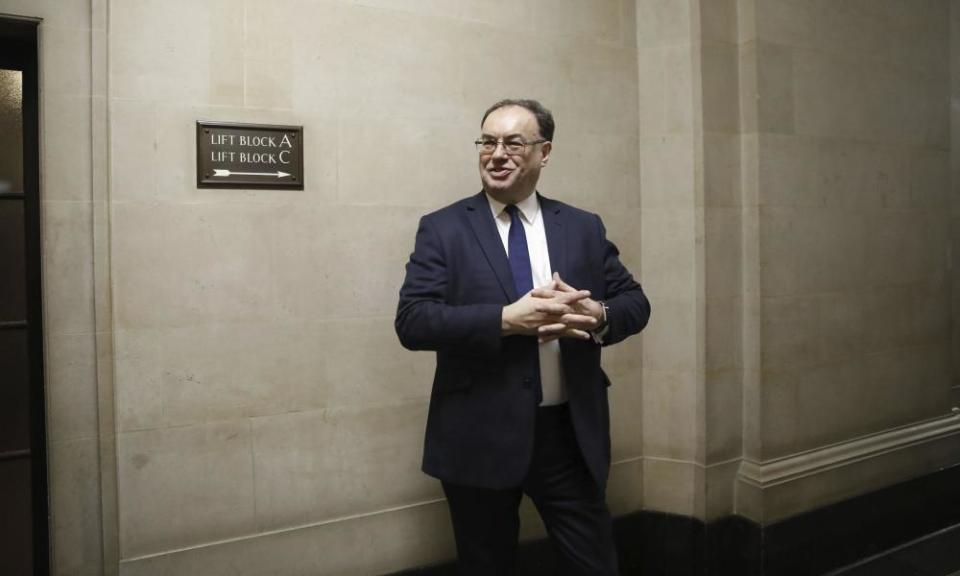The Bank of England’s message is upbeat, but there’s a sting in the tail

Unemployment has peaked. The pick up in inflation will be temporary. All the ground lost during the biggest slump in 300 years will be regained by the end of the year. All in all, it was a pretty upbeat message from the Bank of England as it provided its quarterly update on the state of the UK economy.
Albeit one with a sting in the tail, because the eight members of Threadneedle Street’s monetary policy committee wanted to send out the message that they see the day coming when consumers and businesses will have to get by with less policy help.
Related: Bank of England warns inflation will hit 4% this year but holds interest rates
Some MPC members think their previously announced conditions for the removal of some of the emergency stimulus provided since early last year have already been met, adding to the sense that the Bank is becoming more worried about inflation.
Despite the relatively hawkish language, however, only one member of the MPC thought immediate action was necessary, and it will be some time before the Bank actually gets round to what the governor, Andrew Bailey, called a “modest” tightening.
The Bank had little choice but to talk tough. Three months ago it predicted the annual inflation rate would be 2.5% by the end of the year; after a summer of global supply-chain disruption and labour shortages it has raised that forecast to 4%. You can’t ignore that sort of thing when your statutory duty is to hit a 2% inflation target.
Threadneedle Street’s view is that the economy is bouncing back more quickly from the current crisis than it did from the financial crash of 2008. It thinks unemployment has already peaked at 4.8% and that the end of the furlough will not lead to a higher jobless rate. As a result, its estimate of the long-term damage to the economy is small (1% of national output), and has been revised down since May.
Yet if all that makes an argument for immediate action, there are reasons why the Bank is adopting a wait-and-see approach. For a start, it is a bit premature to declare the war against Covid over. What’s more, the end of the furlough and the phasing out of Treasury support might have more of a negative effect than the Bank is expecting. Finally, if the Bank is right about the absence of long-term scarring then there will be less inflationary pressure as demand picks up post lockdown and hence less of a need to act.
The first step towards what might be called the Bank’s new normal will be the end to bond purchases at the end of the year. It will only start whittling down its £895bn stock of assets when it has raised the official interest rate from 0.1% to 0.5% – something that the City thinks could happen by the middle of next year if the economy performs as expected. That though is a far cry from the decade before the financial crash, when interest rates averaged 5%. The new normal will be nothing like the old normal.

 Yahoo Finance
Yahoo Finance 